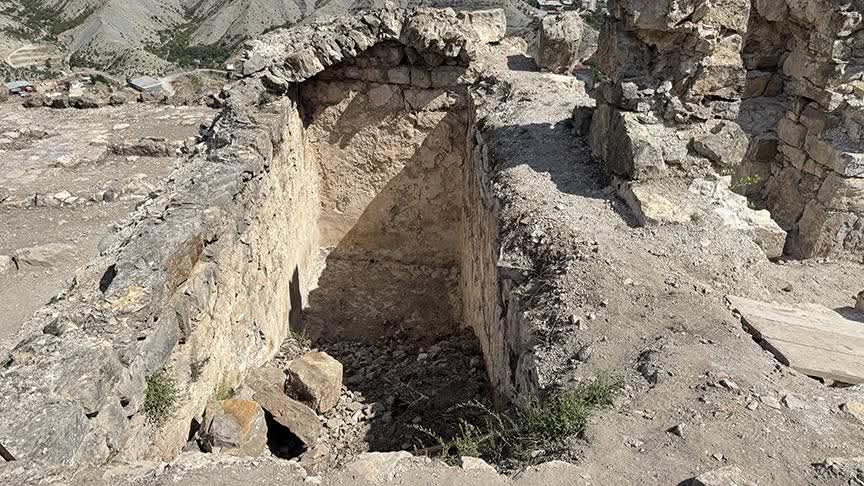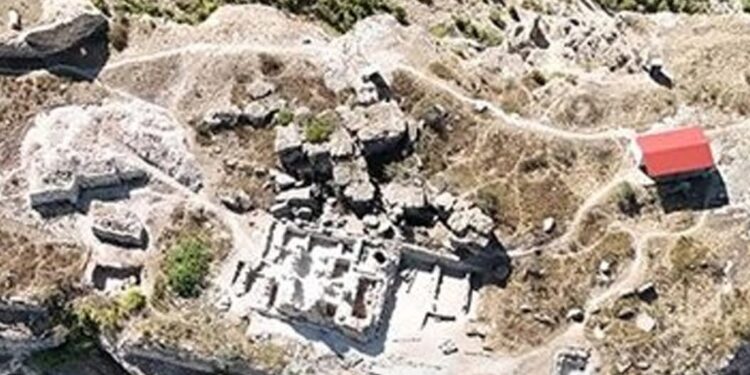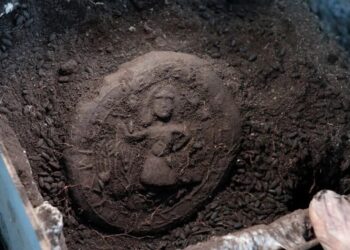Archaeologists working at the ruins of Gevhernik fortress in northeastern Turkey have uncovered what is believed to be the long-lost burial site of Ashot I of Iberia, also known as Ashot the Great, one of Georgia’s most influential medieval rulers.
The discovery marks the first archaeological confirmation of historical accounts describing the king’s burial in Artanuji, a key political and cultural center during his reign.

Ashot I, who ruled in the early 9th century, played a pivotal role in consolidating Georgian territories under the Bagrationi dynasty and strengthening ties with the Byzantine Empire. Holding the Byzantine title of Curopalates (guardian of the palace), he is remembered for establishing Tao-Klarjeti as the cultural and political heart of a fragmented Georgia and laying the foundation for the kingdom’s future unity.
Until now, the precise location of Ashot’s tomb had remained a mystery, with historians relying only on medieval chronicles. The excavation in Gevhernik provides the first material evidence supporting those records, offering new opportunities to study both the burial practices of the era, and the broader historical landscape of Tao-Klarjeti.
Experts suggest the discovery could become a significant landmark not only for Georgian historical studies but also for the shared cultural heritage of the South Caucasus and northeastern Turkey. The find is expected to spark renewed academic interest in Georgian medieval history and strengthen cultural links between Georgia and Turkey.
Image: Formula














